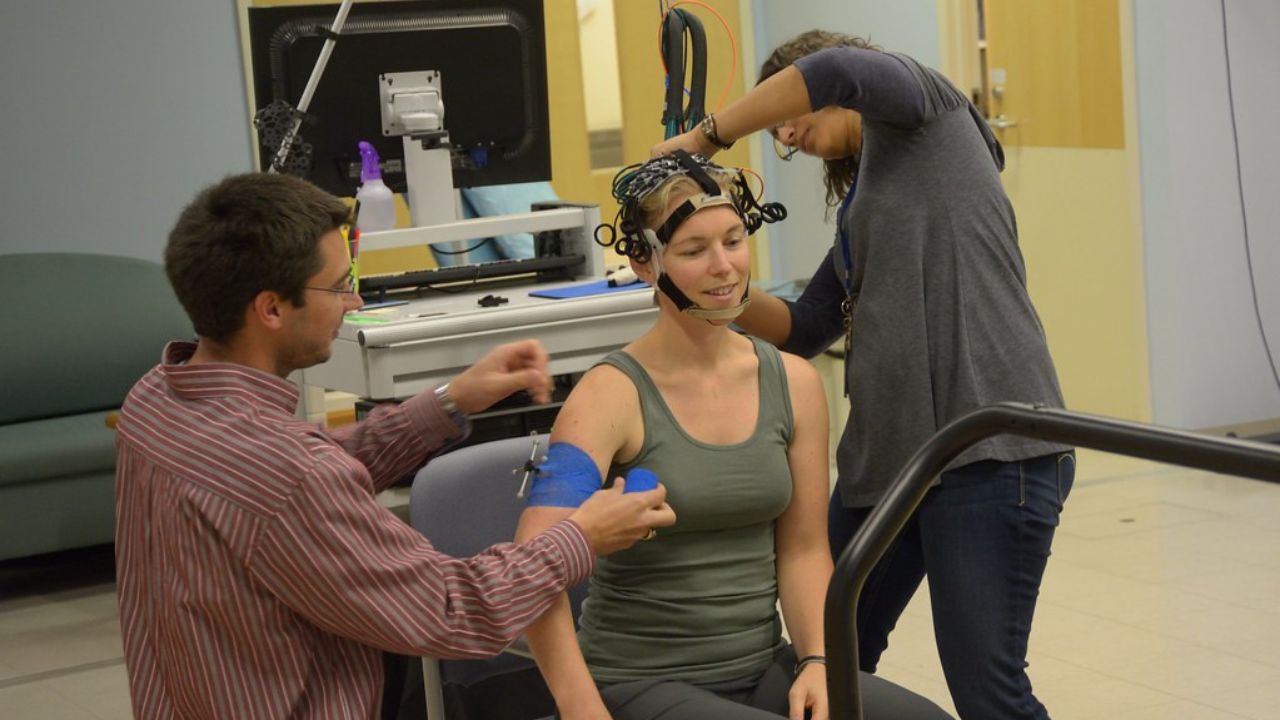
Welcome to our article on the top 11 key insights into understanding sports injuries, from common causes to effective rehabilitation.
In this comprehensive guide, we will delve into the prevalence of sports injuries, identify common causes, explore the impact of poor technique and form, and discuss effective rehabilitation techniques.
We will also address the psychological impact of sports injuries, strategies for preventing recurring injuries, and the importance of rest and recovery.
Join us as we unravel the complexities of sports injuries for a better understanding and improved outcomes.
The Prevalence of Sports Injuries
Sports injuries are a common occurrence among athletes of all levels and can have a significant impact on their physical wellbeing and performance. The prevalence of sports injuries is a topic of concern, as it affects not only individual athletes but also the sporting community as a whole.
Research has shown that sports injuries occur frequently, with millions of athletes suffering from various types of injuries each year. These injuries can range from minor sprains and strains to more serious fractures and concussions.
One factor contributing to the prevalence of sports injuries is the impact of inadequate equipment. Insufficient or faulty equipment, such as poorly fitting helmets or worn-out shoes, can increase the risk of injuries during sports activities. Therefore, it is crucial for athletes to ensure that they have proper and well-maintained equipment to minimize the risk of injury and promote their overall safety and performance.
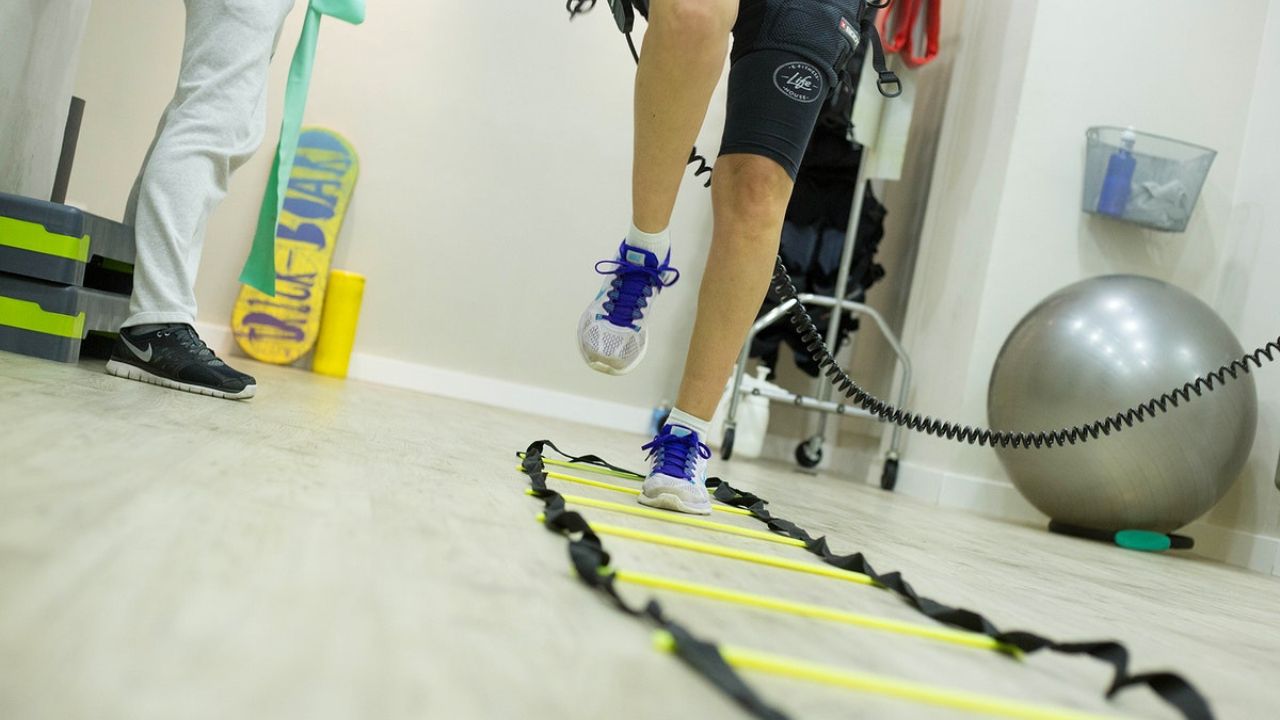
Identifying Common Causes of Sports Injuries
One crucial step in understanding sports injuries is recognizing and analyzing the common causes that contribute to their occurrence. By identifying these common causes, we can work towards preventing sports injuries and ensuring the safety of athletes, especially youth athletes.
Here are some common causes of sports injuries:
Lack of proper warm-up and stretching: Failure to warm up adequately before engaging in physical activity increases the risk of injury.
Overuse and repetitive movements: Repeatedly performing the same movements without allowing sufficient rest can lead to overuse injuries such as stress fractures or tendonitis.
Poor technique and form: Incorrect form and technique during sports activities can put excessive stress on certain body parts, leading to injuries.
Insufficient protective gear: Not wearing appropriate protective gear, such as helmets or knee pads, increases the vulnerability to injuries.
Understanding the Role of Overuse and Overtraining
Recognizing the detrimental effects of overuse and the importance of rest, athletes can prevent injuries by implementing proper training techniques and incorporating sufficient recovery periods. Overuse injuries occur when the body is subjected to repetitive stress without enough time to recover.
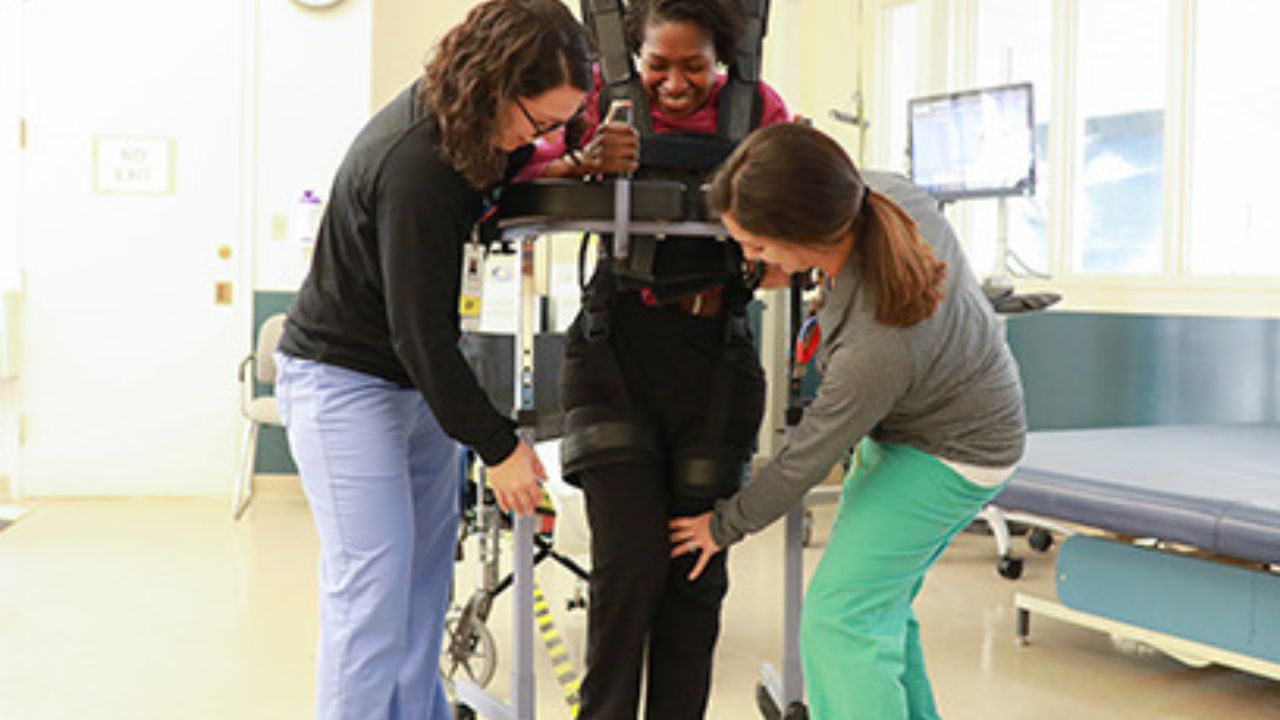
These injuries are commonly seen in athletes who engage in repetitive motions or activities without allowing their bodies to rest and heal. The training load, which refers to the volume and intensity of training, plays a crucial role in the development of overuse injuries. Athletes need to carefully manage their training load, gradually increasing it to allow for adaptation and avoiding sudden spikes that can lead to injury.
Additionally, incorporating rest days and cross-training activities can help prevent overuse injuries by giving the body the necessary time to recover and strengthen.
Improper technique and poor form can significantly increase the risk of sports injuries. The importance of proper technique and form in sports injury prevention cannot be overstated. Here are some consequences of poor technique and form in sports injury rehabilitation:
Increased risk of muscle imbalances: Incorrect movements can lead to muscle imbalances, which can result in overuse injuries and chronic pain.
Joint stress and instability: Poor form can place excessive stress on joints, leading to joint instability and potential damage to ligaments, tendons, and cartilage.
Decreased performance: Incorrect technique limits the efficiency and effectiveness of movements, resulting in decreased performance and potential injuries.
Delayed recovery: Poor form during rehabilitation can impede the healing process, prolong recovery time, and increase the risk of re-injury.
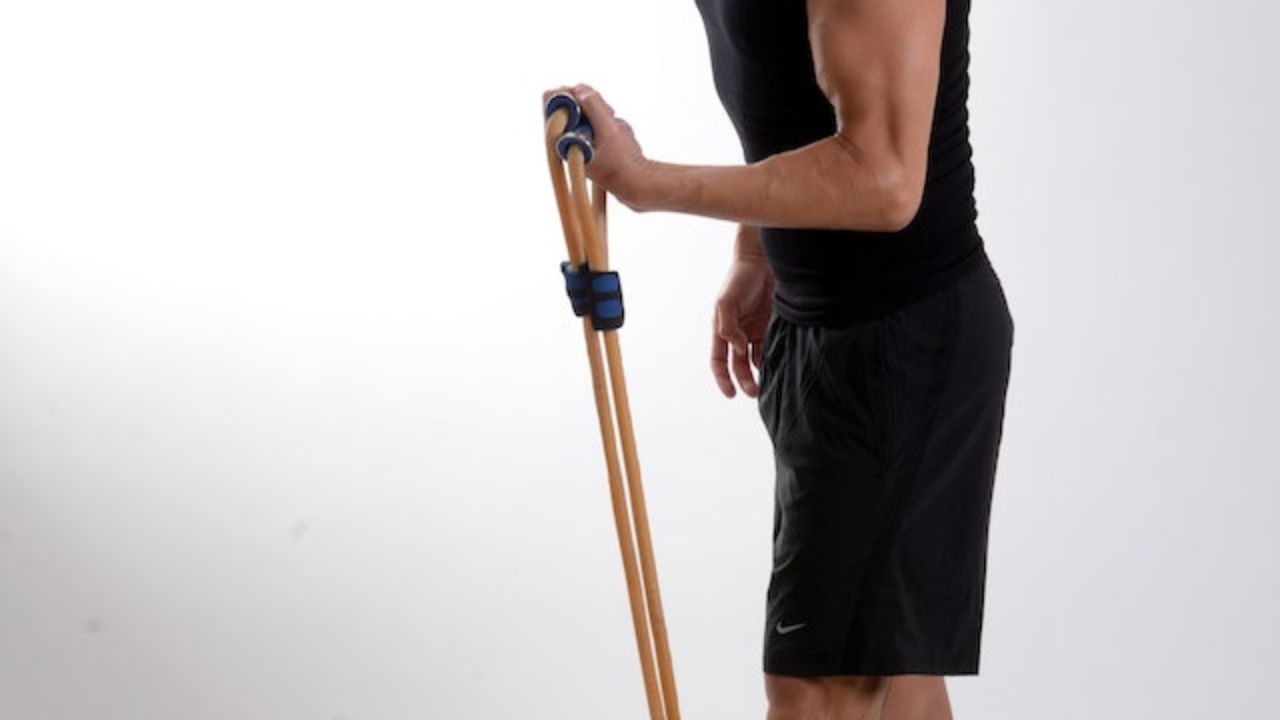
It is crucial to prioritize and maintain proper technique and form in sports to prevent injuries and ensure successful rehabilitation.
Exploring the Relationship Between Sports Injuries and Age
As athletes age, the relationship between sports injuries and their bodies undergoes significant changes. Age-related risk factors play a crucial role in the susceptibility to sports injuries.
As the body ages, it becomes more vulnerable to certain types of injuries, such as joint and muscle strains, ligament tears, and stress fractures. This is due to the natural deterioration of tissues, decreased flexibility, and reduced muscle strength. Additionally, age-related risk factors such as hormonal changes, decreased bone density, and slower recovery times can also contribute to an increased risk of sports injuries.
To mitigate these risks, it is important for athletes to incorporate age-appropriate training and injury prevention strategies into their routines. This includes focusing on exercises that improve flexibility, balance, and strength, as well as incorporating proper warm-up and cool-down routines.
Recognizing the Importance of Proper Warm-up and Stretching
To ensure optimal performance and reduce the risk of sports injuries, athletes should incorporate proper warm-up and stretching into their training routines. Proper warm-up techniques help prepare the body for physical activity by increasing blood flow to the muscles, raising body temperature, and improving flexibility. Stretching exercises, on the other hand, help lengthen and loosen the muscles, improving range of motion and reducing the risk of muscle strains and tears.
Here are some important points to consider when it comes to warm-up and stretching:
Dynamic warm-up exercises such as jogging, jumping jacks, and high knees are ideal to get the heart rate up and increase blood flow.
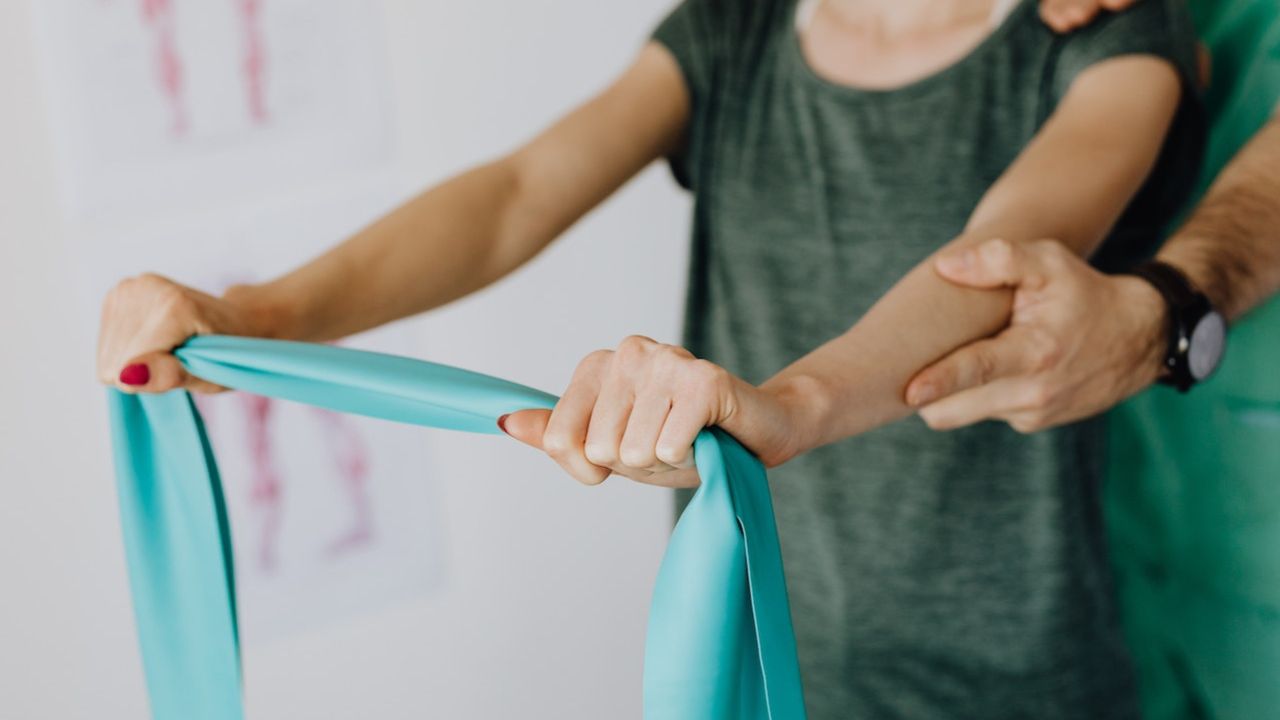
Static stretching should be done after the warm-up phase, focusing on major muscle groups for around 20-30 seconds each.
Incorporating foam rolling or self-myofascial release techniques can help release tension and improve muscle flexibility.
Cooling down with light aerobic exercises and static stretching after the activity can help reduce muscle soreness and promote recovery.
The Role of Strength and Conditioning in Injury Prevention
The role of strength and conditioning in injury prevention is essential for athletes looking to optimize their performance and minimize the risk of sports-related injuries. Implementing injury prevention strategies, such as incorporating strength training into their routine, can provide numerous benefits.
Strength training helps to improve muscle strength, endurance, and flexibility, which are all important factors in preventing injuries. By strengthening the muscles and improving stability, athletes can better withstand the demands of their sport and reduce the likelihood of strains, sprains, and other injuries.
Additionally, strength training can enhance bone density, which is crucial for preventing fractures. It also helps to correct muscle imbalances and improve overall body mechanics, reducing the risk of overuse injuries.
Incorporating strength and conditioning exercises into training programs is an effective way to enhance performance and prevent injuries in athletes.
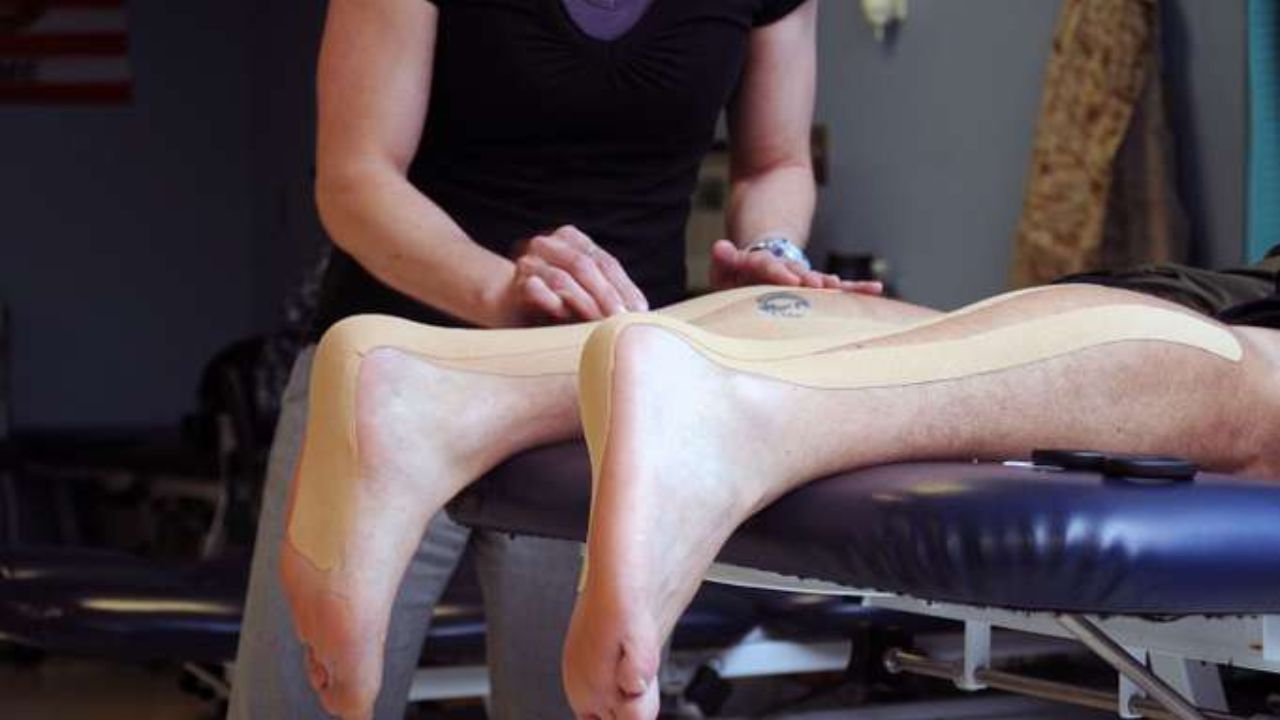
Effective Rehabilitation Techniques for Sports Injuries
Utilizing targeted exercises and advanced therapeutic modalities can significantly expedite the recovery process and ensure effective rehabilitation for sports injuries. Here are some rehabilitation techniques and recovery strategies that can aid in the healing process:
Physical therapy: Engaging in supervised exercises and stretches can help regain strength, flexibility, and range of motion.
Manual therapy: Hands-on techniques like massage, joint mobilizations, and soft tissue manipulation can alleviate pain and improve tissue healing.
Modalities: Therapeutic modalities such as ultrasound, electrical stimulation, and heat/cold therapy can reduce inflammation, promote blood flow, and accelerate healing.
Sport-specific training: Incorporating exercises that mimic the demands of the specific sport can help athletes regain their skills and confidence while reducing the risk of reinjury.
The Psychological Impact of Sports Injuries
Experiencing a sports injury can have a profound effect on an athlete's mental well-being, resulting in heightened levels of anxiety and diminished self-confidence.
The mental health implications of sports injuries are often overlooked, but they can have a significant impact on an athlete's ability to recover and return to their sport. The fear of reinjury, the frustration of not being able to participate, and the uncertainty of the rehabilitation process can all contribute to feelings of depression and anxiety.
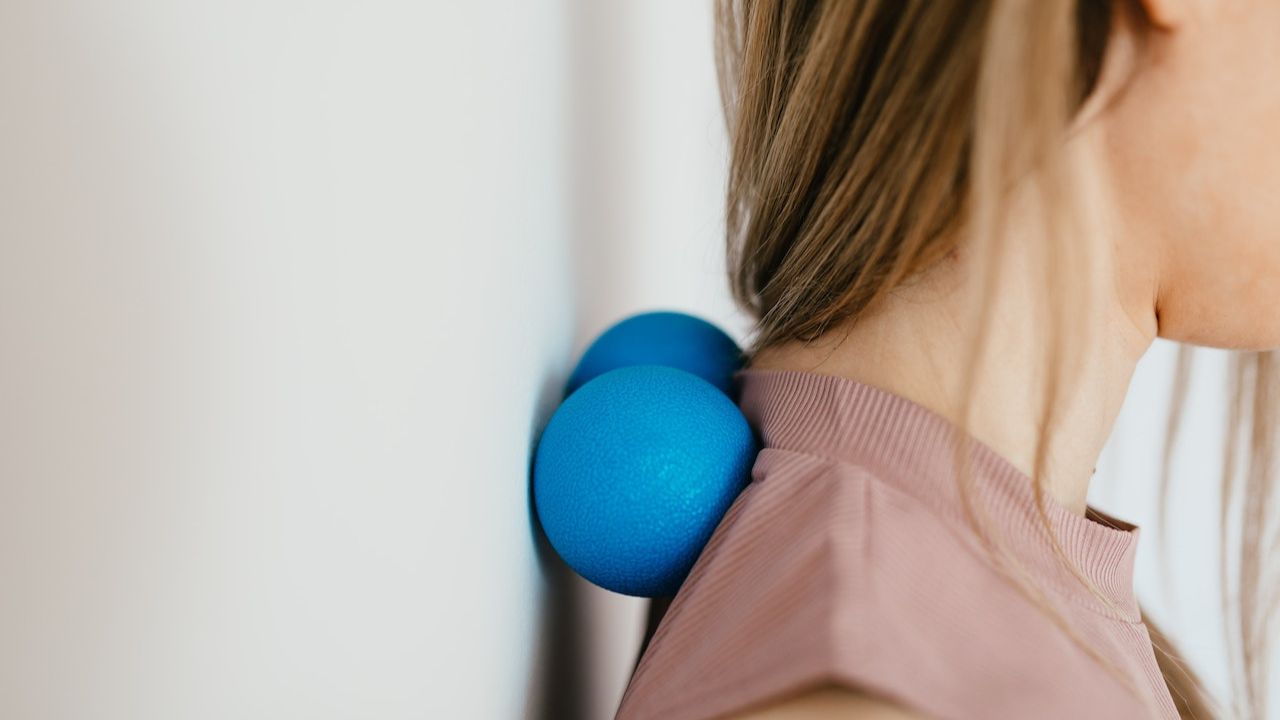
Additionally, the psychological impact of sports injuries can also affect an athlete's adherence to their rehabilitation program. It is not uncommon for athletes to feel demotivated or disheartened, leading to a lack of commitment to their recovery.
Recognizing and addressing the psychological aspects of sports injuries is crucial for promoting successful rehabilitation and ensuring the overall well-being of athletes.
Strategies for Preventing Recurring Sports Injuries
Implementing proper conditioning techniques and incorporating targeted strengthening exercises are effective strategies for preventing recurring sports injuries.
In addition to these approaches, there are other key strategies that can help athletes stay injury-free and maintain their freedom on the field or court. These strategies include:
Injury prevention strategies through proper nutrition: Eating a well-balanced diet that includes a variety of nutrients can help athletes maintain optimal health and reduce the risk of injuries. Consuming foods that are rich in vitamins, minerals, and antioxidants can support the body's ability to repair and recover from physical stress.
Using technology to assess and prevent recurring sports injuries: Advancements in technology have made it possible to assess an athlete's movement patterns, identify potential areas of weakness or imbalance, and develop targeted training programs to address these issues. By using tools such as motion capture systems or wearable devices, athletes and coaches can gain valuable insights into their biomechanics and make necessary adjustments to prevent recurring injuries.
The Importance of Rest and Recovery in Sports Injury Rehabilitation
The athlete's proper rest and recovery are essential components of effective sports injury rehabilitation. Rest allows the body to heal and recover from the trauma caused by the injury. It is during this time that the body repairs damaged tissues and regenerates strength.
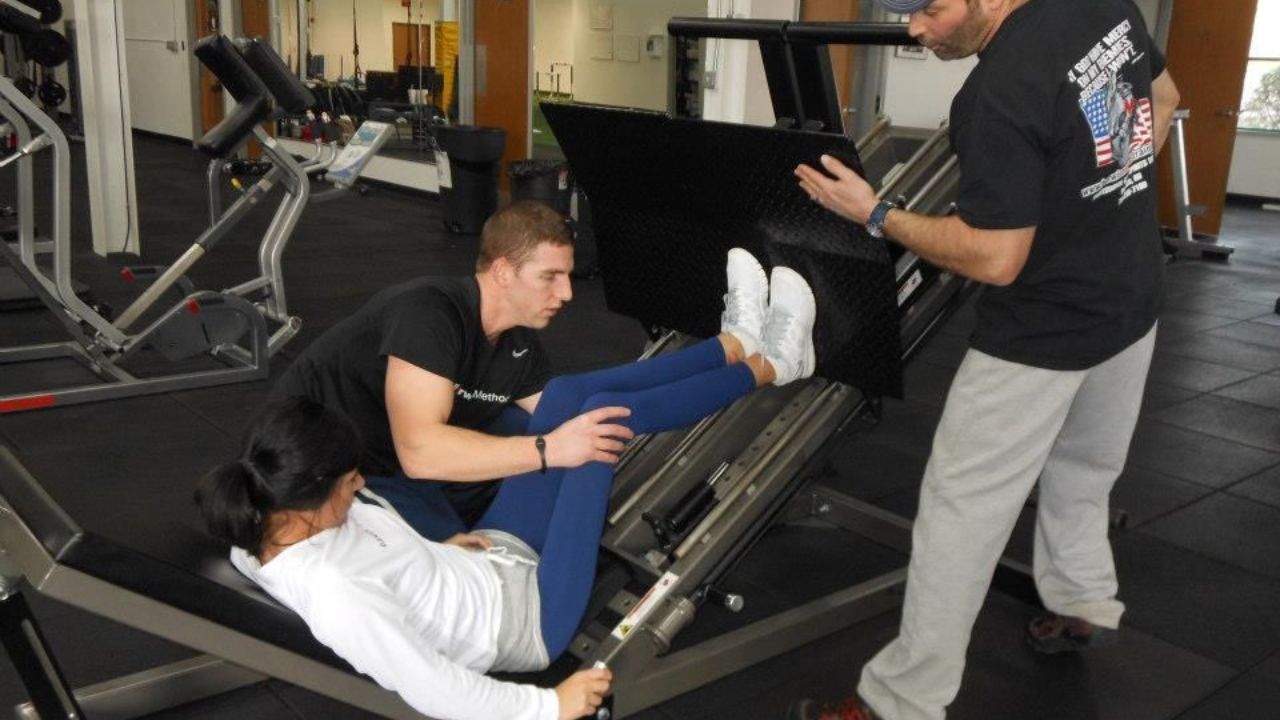
Active recovery, on the other hand, involves engaging in low-impact exercises and movements that promote blood flow and flexibility without causing further harm. This type of recovery helps prevent muscle atrophy and enhances the overall healing process.
Incorporating physical therapy into the rehabilitation plan is also crucial. Physical therapy not only helps restore mobility and function, but it also strengthens the injured area and improves overall performance. The benefits of physical therapy include pain reduction, increased range of motion, enhanced muscle strength, and improved balance and coordination.
Frequently Asked Questions
What Are Some Recommended Exercises for Strengthening Muscles to Prevent Sports Injuries?
To prevent sports injuries, it is recommended to engage in preventive exercises that focus on muscle strengthening. These exercises help to improve stability, flexibility, and overall strength, reducing the risk of injury during physical activity.
How Do Sports Injuries Affect an Athlete's Mental Well-Being and Confidence?
Sports injuries can have a profound impact on an athlete's mental well-being and confidence. The athlete's mindset may be affected by fear of re-injury, frustration, and anxiety. It is crucial to address the psychological impact of sports injuries for an athlete's overall recovery and performance.
Are There Any Specific Age Groups That Are More Prone to Certain Types of Sports Injuries?
Certain age groups may be more prone to certain types of sports injuries due to factors such as growth and development, coordination, and experience. Understanding the relationship between age and sports injuries can help in developing targeted prevention and rehabilitation strategies.
Can Poor Nutrition Contribute to an Increased Risk of Sports Injuries?
Poor nutrition can contribute to an increased risk of sports injuries due to the presence of nutritional deficiencies. These deficiencies can weaken the body's ability to repair and recover from physical stress, making athletes more susceptible to injuries. Risk factors such as inadequate intake of essential nutrients should be addressed to reduce the likelihood of sports injuries.
What Are Some Alternative Therapies or Treatments That Can Be Used in Sports Injury Rehabilitation?
Alternative therapies and treatments for sports injury rehabilitation include acupuncture and massage therapy. These modalities can help reduce pain, promote healing, and improve range of motion, providing athletes with additional options for effective rehabilitation.
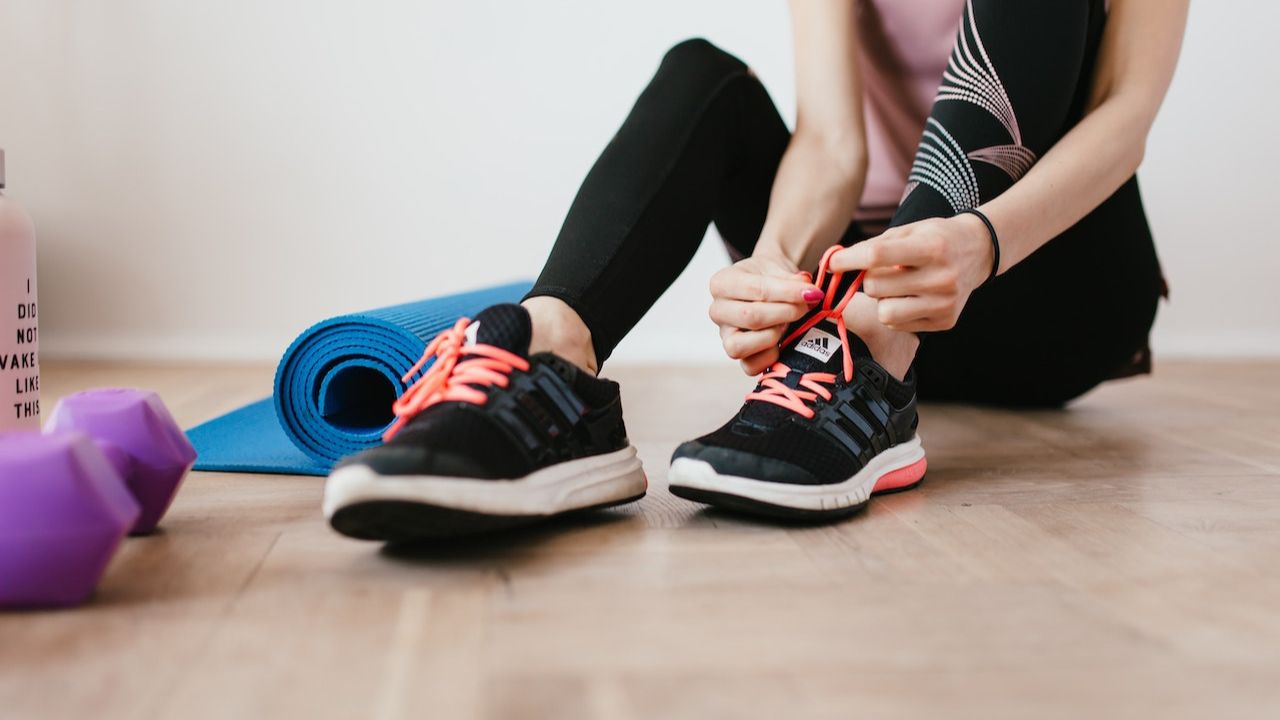
 Mobility trainingHome Fitness RecoverySports Injury PreventionPersonal Physical TherapyOrthopedic SolutionsPrivacy PolicyTerms And Conditions
Mobility trainingHome Fitness RecoverySports Injury PreventionPersonal Physical TherapyOrthopedic SolutionsPrivacy PolicyTerms And Conditions
